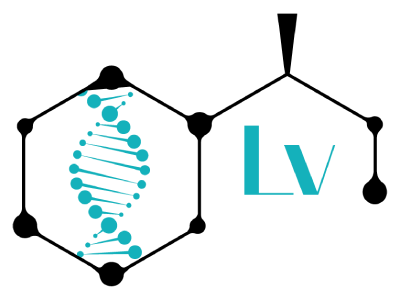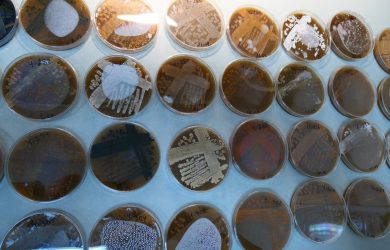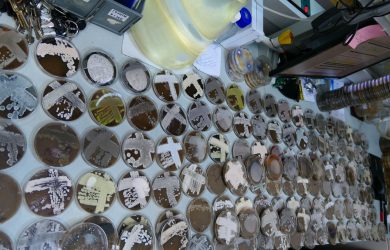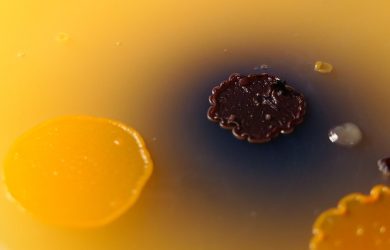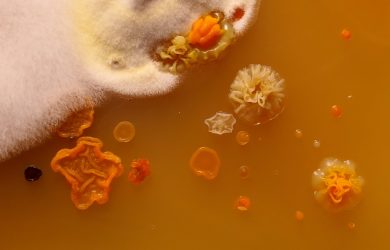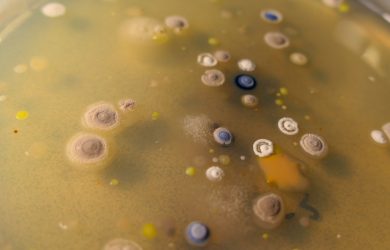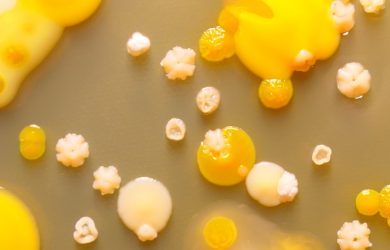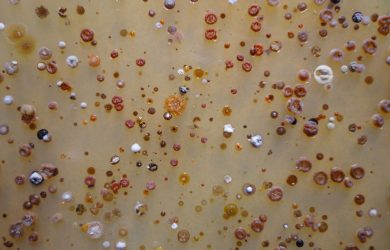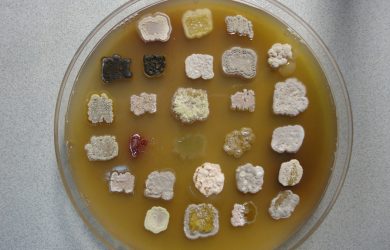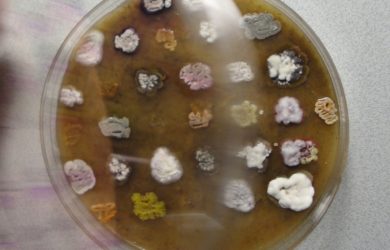Diversity of microorganisms
We isolate different groups of microorganisms from natural biotopes. However, we are most interested in actinomycetes.
The class Actinomycetes (Actinomycetia Salam et al. 2020) consists mostly of aerobic gram-positive, HC-rich bacteria capable of forming mycelium. This is one of the most common groups of free-living soil microorganisms, which play a key ecological role in soil formation, the cycle of carbon, nitrogen and other elements. Actinomycetes also inhabit aquatic habitats. Extremophilic actinomycetes are found in caves, oceanic depths, deserts, highlands, Antarctic and Arctic biotopes. They are mostly desirable plant symbionts. The taxonomic diversity of actinomycetes is impressive: five subclasses, 10 orders, 56 families, 286 genera, and new ones are discovered every year. These microorganisms in nature are represented by an extremely wide morphological diversity – from cocci in Micrococcus and rods in Mycobacterium to branched hyphae with single spores as in Micromonospora or mycelium, which breaks up into coccidial and rod-like cells in Nocardia and actinomycetes of the genus Streptomyces, which form a branched aerial mycelium by spores of various forms.
Since 2008, we have been studying the biodiversity of actinomycetes in the biotopes of Ukraine. The microbiome of the Crimean Peninsula has practically not been studied. A wide range of unique microclimatic conditions formed by the ridges of the Crimean mountains, a wide variety of soils with different elemental composition, rich in endemic, rare and medicinal species of flora, the subtropical climate of the Southern coast of Crimea contribute to significant microbial biodiversity. In the expeditions of 2008-2013, we collected more than 50 samples of different types of soil, rhizosphere of rare, endemic, as well as plants introduced in the Nikita Botanical Garden, from which about 4,000 isolates were isolated, which formed the Crimean group.
Since 2018, we have also been researching the microbial diversity of Antarctica in cooperation with the National Antarctic Science Center of Ukraine. The area of our research is the Argentine Islands of the Wilhelm Archipelago near the western coast of the Antarctic Peninsula. From the rhizosphere of endemic vascular plants. Galindez, we isolated more than 500 actinomycete isolates. These isolates formed the Antarctic group.
We determine the taxonomic position of new actinomycete isolates by sequencing and comparative analysis of the nucleotide sequence of the 16S rRNA gene and microbiological methods of analysis. Today, phylogenetically characterized isolates represent seven orders, 13 families, and 30 genera of actinomycetes. Among them are such rare genera as Actinorectispora, Asanoa, Cellulosimicrobium, Embleya, Mumia, Plantactinospora, Umezawaea and others.
Recently, other no less interesting and biotechnologically promising predatory bacteria, in particular myxobacteria, have come into our field of interest. Although today they are considered as a phylum (Myxococcota), according to genomic analysis, myxobacteria are phylogenetically classified in the order (Myxococcales) Deltaproteobacteria. The habitat of these bacteria is the same as that of actinomycetes. Today, the monophyletic order Myxococcales includes 3 suborders, 10 families, 29 genera and 58 species. Our collection now contains slightly more than 20 isolates of the genera Myxococcus, Corallococcus, Melittangium, which we isolated from the biotopes of the Crimean Peninsula, the Antarctic, and the Carpathians.
